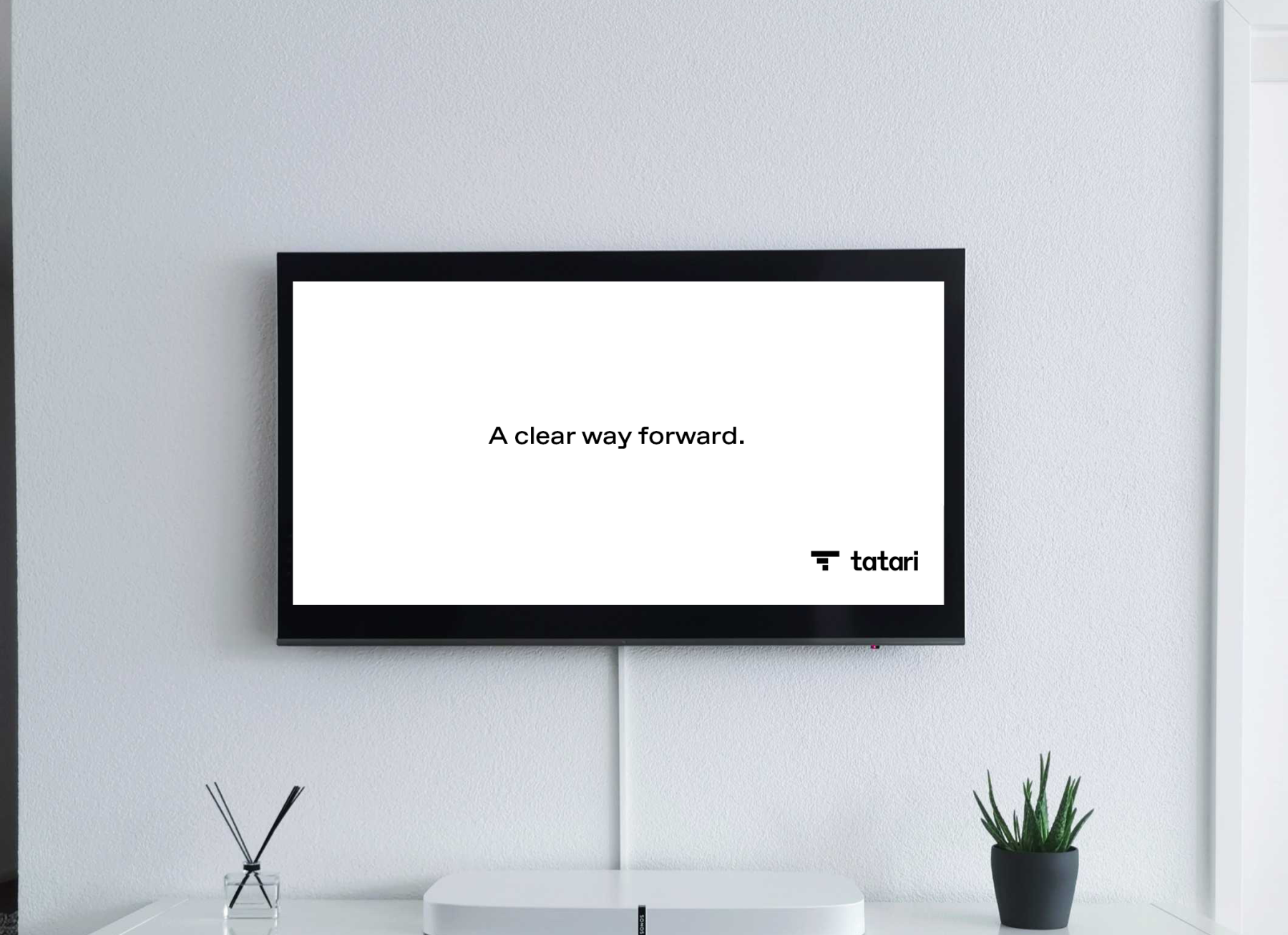
Creative Burnout or Not, Theory and Evidence
Most marketers worry that their champion creatives will eventually lose their punch over time. It is natural to suspect creative burnout, especially if it were to coincide with recent weakening results.
Theory
Our brains are wired to believe creatives get old, boring, and less effective over time. The thinking goes, if the first n viewings didn’t get a customer to buy, surely the nth +1 won’t either. There is some truth to this belief for different reasons:
Some people will have already bought the product and do not need any further reminders.
Others will have already decided the value props are not valuable enough, and so another viewing will have no impact on their propensity to buy. For example, someone without the means will not buy a Rolex watch even if the creative has them wanting one.
The opposite, however, can be true: a consistent creative may hold or actually increase in effectiveness! Consider these reasons:
Baader-Meinhof phenomenon: Seeing something appear again and again can lead to the assumption that it’s more desirable or more popular than it actually is. Maybe a lot of people are buying the product or it could just seem that way because you keep hearing it over and over. Consider that most people want to save 15% on their car insurance, but they will only believe that is a possibility with enough repetition.
Signaling: High-profile spots like the Bachelor Finale or SuperBowl drive an increase in brand value, perception, and recall, but the frequency and campaign length have a role in that regard as well. If a campaign persists with frequency, the viewer understands the company is formidable with a big ad budget. The economic signaling hypothesis is that viewers equate big ad budgets with quality. This rule of thumb has validity because big successful companies can afford such budgets.
What does the data say?
Consider a case study from one of our clients airing on two particularly high-frequency networks (other client results are similar and support the conclusions shown here). For this client, high frequency means 100-200 spots per week running the exact same creative! Fans of these networks could see the same spot over and over again, hundreds or even thousands of times. If burnout was in fact occurring, we would have observed increasing CPVs... but that is not what happened.
After 18 months, CPVs remained close to where they started aside from the seasonal bump up in CPVs prior to Christmas (shaded).
Surely there is weekly volatility in CPV with some weeks above and others below the network averages, but there is no upward trend one would expect with burnout. The CPV trend shows that the response rate held roughly steady (with the CPM remaining fairly constant over that period). So the good news is that an effective spot should remain so and enjoy a long successful life.
That doesn’t mean, however, that advertisers should sit back and rest on their laurels. In addition to putting effort into new competing concepts, they should test variations of the current champion creative—different end-cards, voiceovers, or adding a persistent Logo or URL watermark. Furthemore, it may take a few misses before a new creative can dethrone the current champ. Continuing to innovate and test makes sense, not because it supposedly addresses creative burnout or fatigue, but because doing so may boost response by 20% or more.

Joel Lander
I’m head of strategy and I have lots of ideas.
Related
Why your TV commercial should have a persistent brand watermark
What exactly makes a great ad? One creative element has been effective for 70% of Tatari clients who have tested it: brand watermarking!
Read more
Going dark: Why pausing TV doesn’t always prove or disprove its results
With real data, we'll demonstrate why going dark and temporarily pausing a TV campaign usually isn't good in the world of TV advertising.
Read more
The importance of creative de-bias in TV measurement
Different creatives often end up being distributed across different networks, and occasionally with different spend, making it difficult to accurately assess creative performance.
Read more


